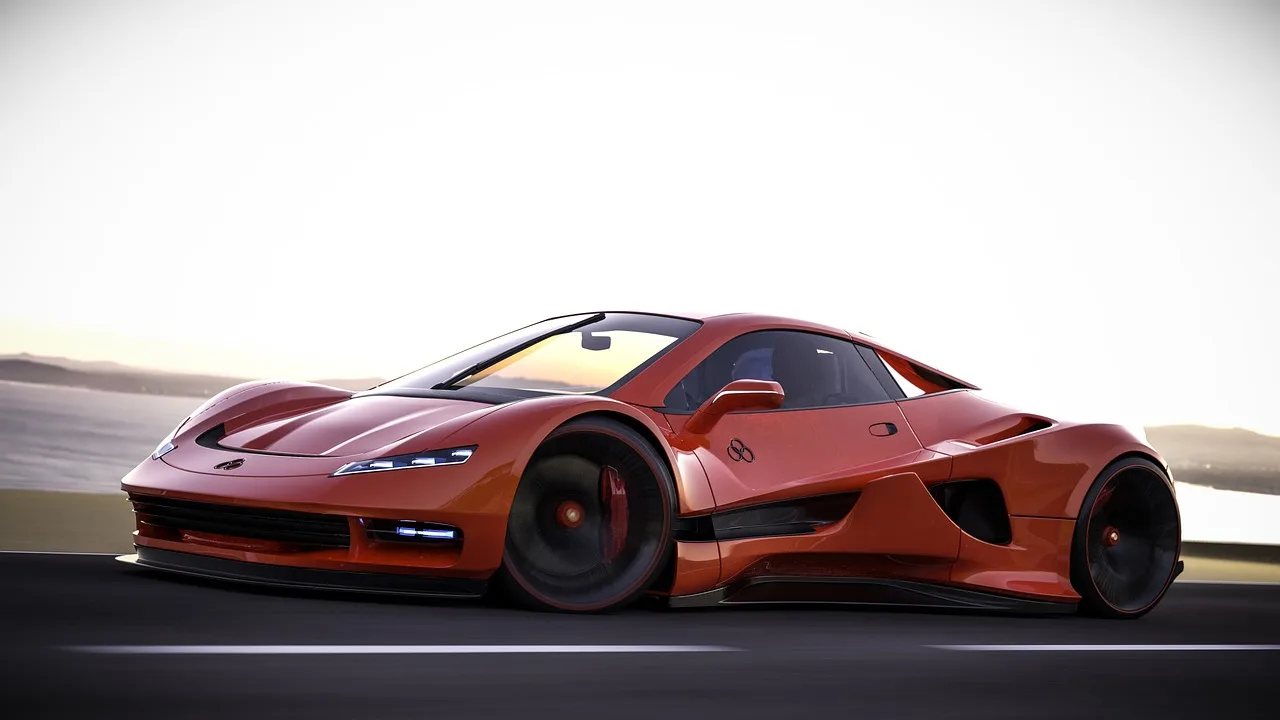Sports cars have long captured the hearts and imaginations of automotive enthusiasts globally. Their sleek designs, powerful engines, and dynamic performance make them stand out in the automotive landscape. The term “sports car” encompasses a wide range of vehicles, each sharing common characteristics that distinguish them from other types of cars. Another name for these cars is called Roadster. In this exploration, we will delve into the origins of the term “sports car” and unravel the key features that define these high-performance machines.
Why sports cars are called sports cars?
The origin of the term “sports car” can be traced back to the early 20th century. In the post-World War I era, there was a surge in interest in motor racing and the desire to create cars that could excel on the race track. Manufacturers sought to produce vehicles with speed, agility, and a thrilling driving experience. These cars were built on performance rather than practicality, setting them apart from regular automobiles.
Key Characteristics:
Performance:
The hallmark of a sports car is its exceptional performance. It includes powerful engines, responsive handling, and quick acceleration. roadster deliver an exhilarating driving experience on the open road or a closed circuit.
Design:
Sports cars are known for their distinctive and aerodynamic designs. The sleek and low-slung profiles are visually appealing and contribute to the car’s aerodynamic efficiency, reducing drag and improving stability at high speeds. Many of these cars feature two doors and a compact body, emphasizing their focus on performance over practicality.
Agility and Handling:
Superior agility and precise handling are critical attributes of these cars. These vehicles respond quickly to driver inputs, offering a level of control that enhances the overall driving experience. Tight cornering, responsive steering, and a low center of gravity contribute to the car’s agility on the road and the track.
Lightweight Construction:
Sports cars often incorporate lightweight materials in their construction, such as carbon fiber or aluminum. This emphasis on reducing weight enhances the power-to-weight ratio, improving acceleration and overall performance. A lighter car is generally more responsive, contributing to the dynamic nature of sports cars.
Evolution of Sports Cars:
Over the decades, roadster cars have evolved in response to advancements, changes in automotive design philosophy, and shifts in consumer preferences. From the early days of roadsters and coupes to the modern era of hybrid and electric roadsters, manufacturers have continuously pushed the boundaries of innovation while staying true to the core principles of performance and excitement.
Classic Era:
In the early to mid-20th century, sports cars were often characterized by their elegant designs and powerful engines. Brands like Jaguar, Porsche, and Ferrari gained prominence during this era, producing iconic models that are revered today. These cars were designed for speed for the pleasure of driving, with open-top roadsters symbolizing the freedom and joy of the open road.
Muscle Car Era:
The 1960s and 1970s saw the rise of the muscle car, a subset of sports cars characterized by their large, high-performance engines. American manufacturers like Ford, Chevrolet, and Dodge produced iconic muscle cars such as the Ford Mustang, Chevrolet Camaro, and Dodge Challenger. While muscle cars differed in philosophy from traditional sports cars, they shared a common focus on high horsepower and straight-line speed.
Modern Era:
The late 20th century and the 21st century had a shift in the definition of roadster cars. Advances in engineering, aerodynamics, and materials led to the development of high-tech roadsters that combined speed with fuel efficiency and environmental consciousness. Hybrid and electric sports cars, exemplified by models like the Tesla Roadster and the BMW i8, showcased a new era of sustainable performance.
Cultural Impact:
roadsters have transcended their functional purpose to become cultural icons. They symbolize speed, freedom, and a passion for driving. From Hollywood films to popular music, these cars are often featured as status symbols, representing a lifestyle associated with adventure and thrill. The iconic shapes of roadsters, from the curves of a Ferrari to the sleek lines of a Porsche, have become ingrained in popular culture, making these vehicles aspirational symbols for many.
- Nearly 30% of UK Drivers Believe Car Tax Should Be Based on Mileage — Survey
- Why Planes and Boats Escaped the Luxury Tax But Cars Didn’t
- Australia’s Headlight Confusion: Authorities Warn Drivers After Viral $250 Headlight Rule Goes Wild Online
- 2025 Hyundai Venue Facelift Launched in India – Full Details, Variants, and Price
- Royal Enfield Bullet 650 Unveiled at EICMA 2025: A Classic Legend Returns
READ MORE :
- All About Aston Martin Cars
- Audi e tron Review
- Bently Continental GT price in India
- BMW X1 Price in India
- Brezza 2022 Launch date in India
- Why Bugatti Is So Expensive?
- Best car dealers in Dubai
- Concorde Motors Kochi
- Honda Showroom Kochi
- Indus Motors Thevara
- KIA DEALERS IN PUNE
- Lamborgini Showroom in India
- Nippon Toyota Kalamassery
- Rolls Royce Showroom in India
- Sai Service Pathadipalam
- Top 10 Car Showrooms Kottayam,
- Top 5 Car Showrooms Trivandrum
- BREZZA 2022 vs TATA NEXON
- Citroen C3 price in India
- 2021 Chevrolet corvette vs Mustang Shelby GT50
- Is Mercedes-Benz better than BMW?
- EcoSport Price in Kerala
- Upcoming Ford cars in India –
- Alcazar
- Cars price in India
- Hyundai Creta
- i20 Price in Kerala on-road
- venue price in India
- KIA Carens price in India on road
- Carnival 2021 India
- KIA Cars on road price in India
- seltos price in Kerala
- Kia sonet price in Kerala
- Landrover Range rover Evoque review
- Mahindra Bolero Neo
